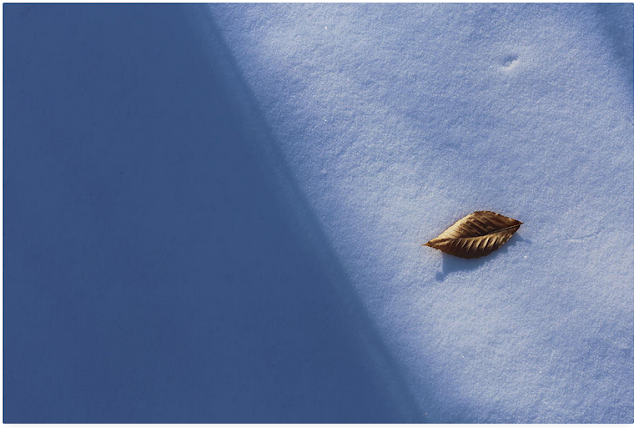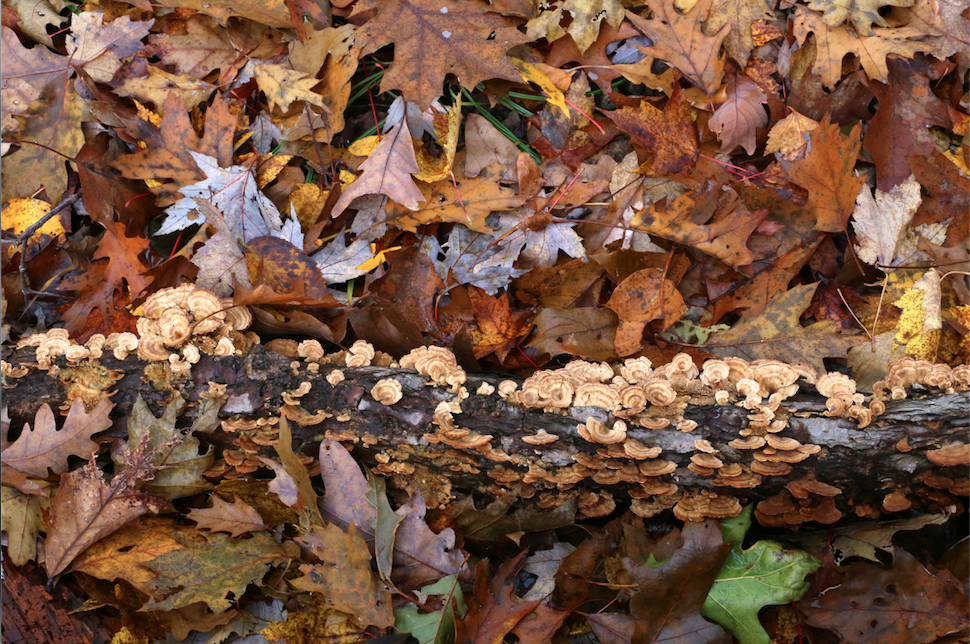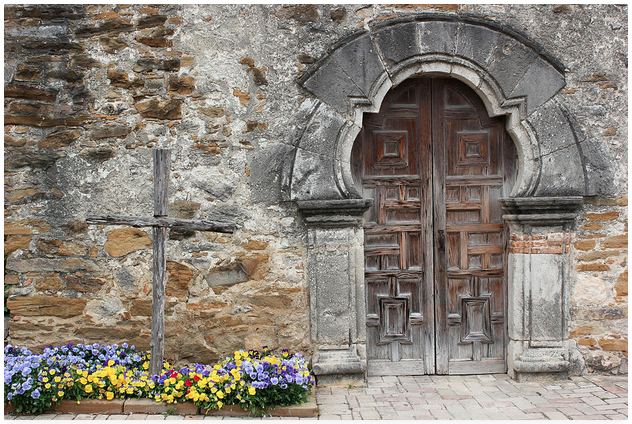The Color Green

Curving Birch Just Googling “the color green”, you get information like “there are 297 shades of the color green”. I don’t know how someone determines that - it sounds kind of subjective to me, but maybe there are scientific studies that supported that conclusion. But does that veer off into “kind of green” or “blue-green”? It’s probably more complicated than I care to know. Fall Forest Glow My mother and I used to have arguments about whether something was more blue than green or green than blue. I think she had trouble seeing some aqua hues, but maybe it’s me that can’t see some shades of green. How would you know? I have no color blindness, according to regular eye exams. Some languages only have color words that encompass blue and green together, and they don’t distinguish between these shades on the color wheel. I think mom and I would have benefitted from such a word when discussing wall colors, although maybe one of us would have been disappointed with the ultimate choice. The





